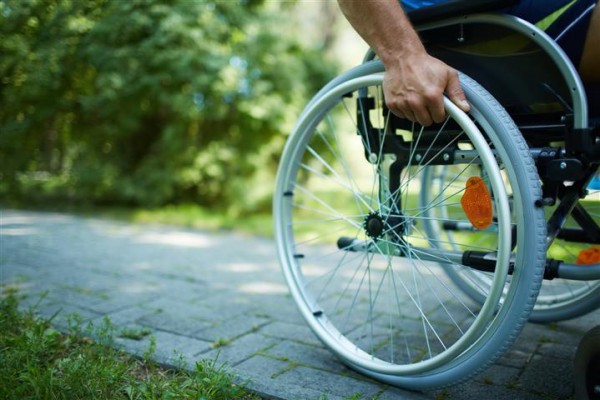How Spain Leads Accessible Tourism with Barrier-Free Cities

Photo by Josh Appel
Posted May 25, 2015
Spain has become a global leader in accessible tourism, ensuring its cities are welcoming to all, including those with physical disabilities. Central to this effort is the development of barrier-free airports and a fully accessible transport system. Spain is among the few countries where accessibility to cultural sites is prioritized, with the government taking active steps to make sure all public spaces are inclusive.
One of the standout examples is the historic city of Ávila, where new access points on the ancient city wall have been constructed, making it easier for people with mobility challenges to explore. The country’s commitment extends beyond monuments, with numerous restaurants, nature parks, museums, and hotels also adapting to meet these accessibility standards. Moreover, Spain has introduced guided tours and specialized services tailored to those with disabilities, ensuring a comprehensive approach to accessible travel.

Spain leads in accessible tourism initiatives.
Two cities that have made remarkable strides in accessible tourism were recognized in the Access City Awards 2013.
Pamplona
Famous for its San Fermin festival, Pamplona received an award for its innovative approach to creating an accessible urban environment. The city implemented a four-year plan to renovate structures and roadways, making it one of the most accessible tourist destinations in the world. The city’s pavements were lowered, allowing easy wheelchair navigation without assistance. Additionally, Pamplona has reduced traffic congestion, introduced new bicycle paths, and developed fitness parks and accessible playgrounds. Citadel Park’s accessibility has been enhanced, with wheelchair-friendly walls and numerous accessible features, such as traffic light controllers that can be activated by disabled visitors.
Bilbao
While Pamplona focused on urban infrastructure, Bilbao received special recognition for its use of communication technology to assist people with disabilities. The city introduced Bilbao Click offices, which are accessible electronic offices for completing administrative tasks outside of regular hours. Public offices and information kiosks have been redesigned for wheelchair accessibility, including lowered desks and easily readable digital display panels. The city’s website has also been revamped, supporting tabbed browsing and featuring ReadSpeaker technology, which converts text into digital voice. A 24-hour telecare service is available to assist elderly, hearing, and speech-impaired individuals.
These cities exemplify Spain’s dedication to making its urban environments accessible to all, setting a global standard for inclusive tourism.
Join the community!

Join our community to receive special updates (we keep your private info locked.)



